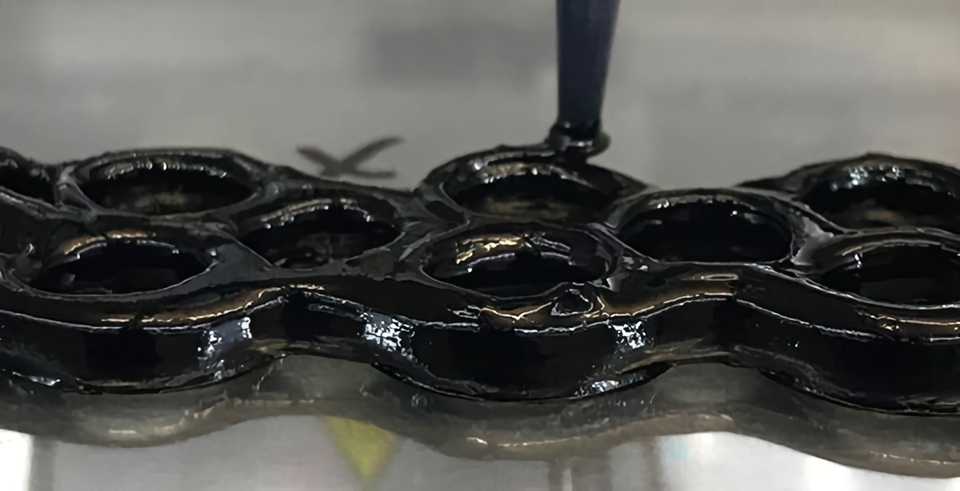In brief: Researchers from the University of California, Merced, have developed a flexible, electrically conductive material that could one day boost the durability of wearable devices like smartwatches.

The new material exhibits adaptive durability, meaning it becomes stronger when stretched or hit. Oddly enough, inspiration for the material came in the kitchen.
The project's principal investigator, Yue (Jessica) Wang, notes that when cornstarch and water are stirred together slowly, the mixing spoon moves easily through the mixture. When you remove the spoon and try to reinsert it back with force, you get a different result. "It's like stabbing a hard surface," Wang said, and the spoon does not go back in.
Wang's team aimed to mimic this curious property in a solid, electrically conductive material.
To realize their goal, the team had to identify the correct combination of conjugated polymers, which are long, conductive molecules shaped like strands of spaghetti. Most flexible polymers break when subjected to repeated, rapid, or high impacts.
The researchers started with an aqueous solution comprised of four polymers: spaghetti-like poly(2-acrylamido-2-methylpropanesulfonic acid), shorter polyaniline molecules, and a conductive combination called poly(3,4-ethylenedioxythiophene) polystyrene sulfonate (PEDOT:PSS).
They tweaked the formula along the way to boost conductivity and adaptive durability. Adding 10 percent more PEDOT:PSS to the mix, for example, improved conductivity and adaptive durability.
The team also experimented with adding small molecules to the mix, noting how each additive changed the polymers' characteristics. Ultimately, positively charged nanoparticle additives best improved adaptive functionality.
"Adding the positively charged molecules to our material made it even stronger at higher stretch rates," says Di Wu, a postdoctoral researcher in Wang's lab.
Practical applications could include integrated bands and backside sensors for smartwatches that could easily withstand the harsh environment of daily life on a human's wrist. The flexible material could also be suitable in the medical field, perhaps integrating into wearables like cardiovascular sensors or glucose monitors.
Wu and team even adapted an earlier version of the material that is suitable for 3D printing, and created a replica of a human hand to demonstrate the potential for use as a prosthetic.
"There are a number of potential applications, and we're excited to see where this new, unconventional property will take us," Wang said.